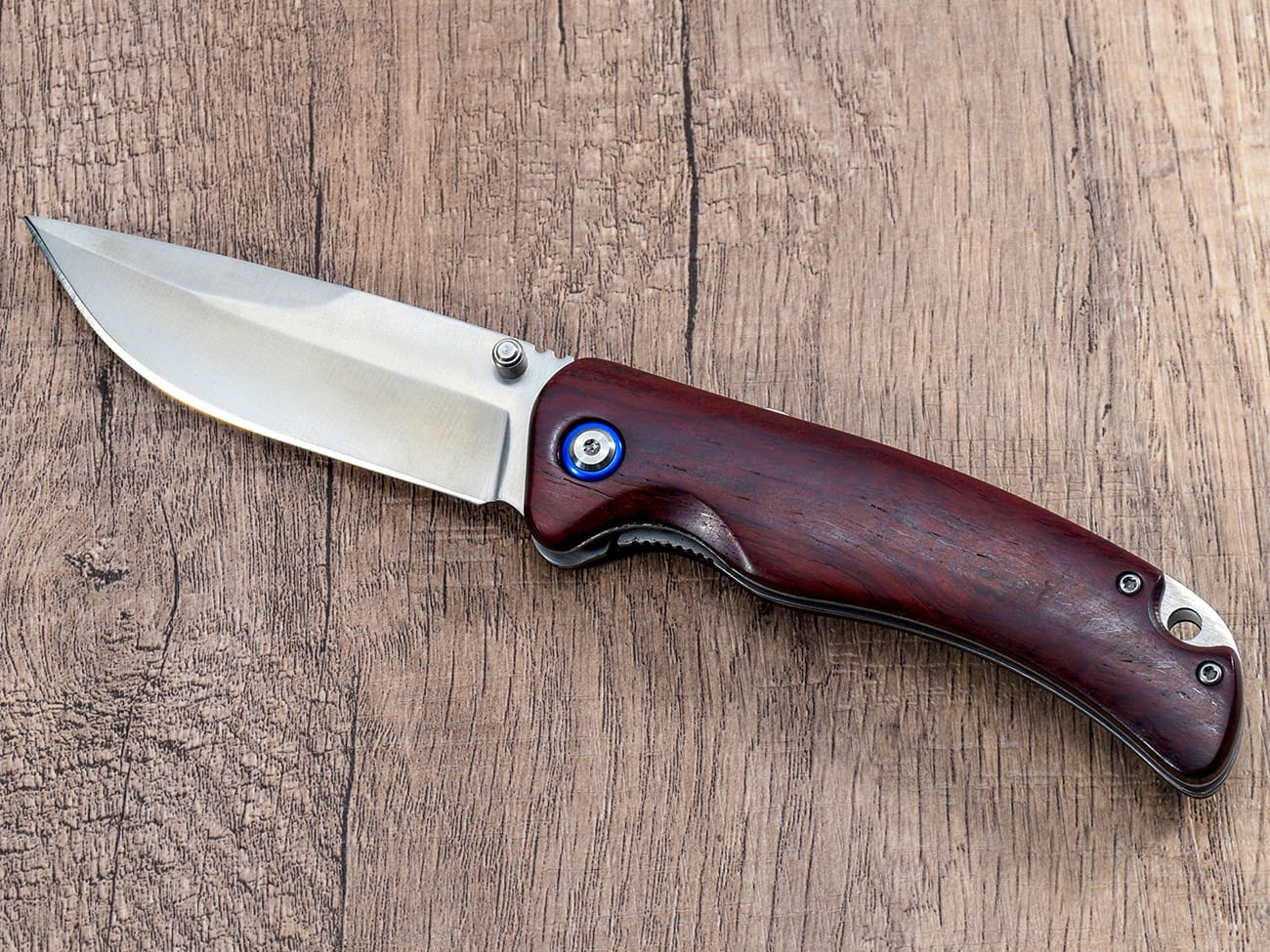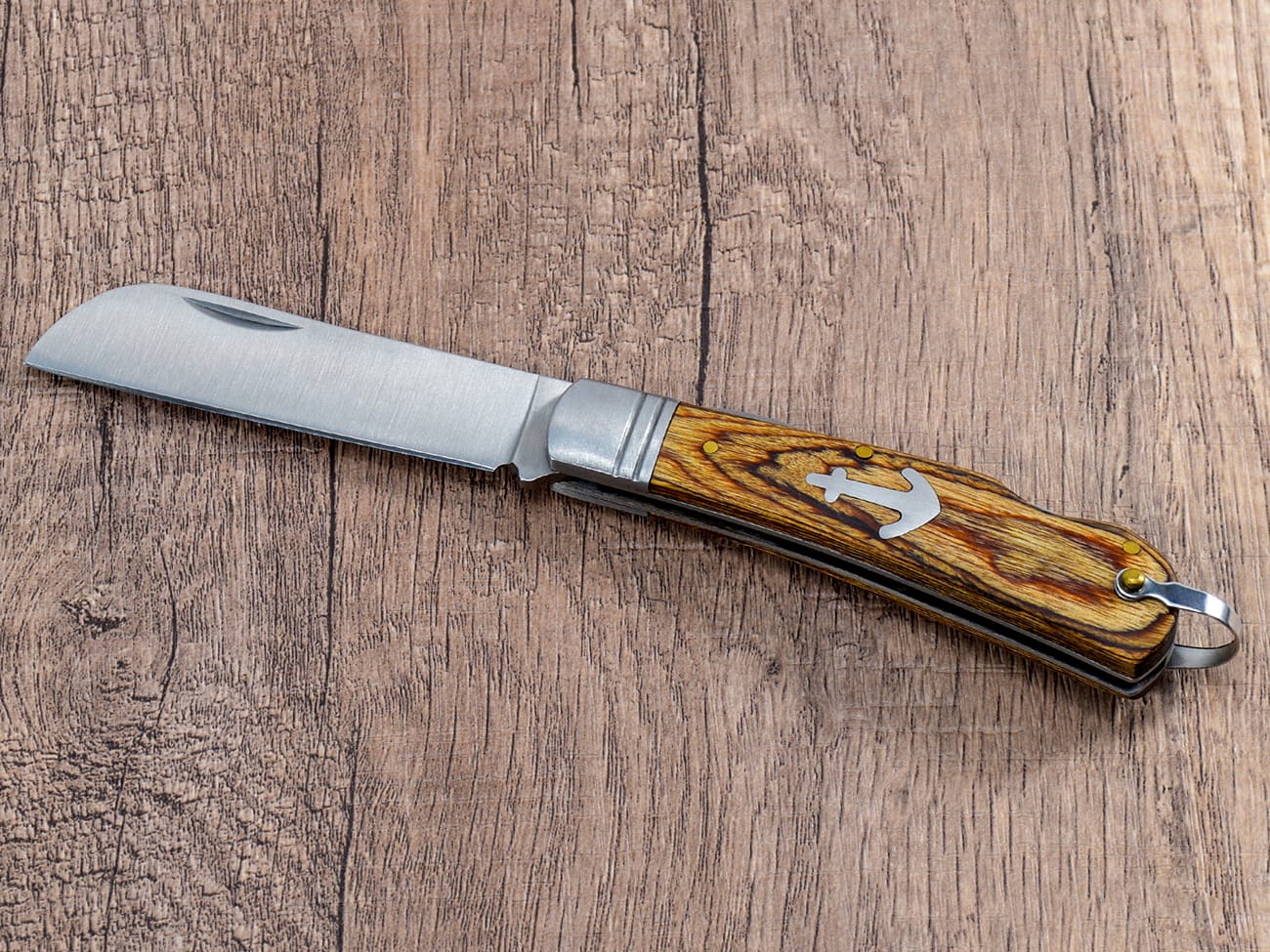Have you ever wondered why some knives cost a fortune while others are dirt cheap? Whether you’re a culinary enthusiast, an outdoor adventurer, or simply someone who appreciates a good blade, understanding the factors that influence knife prices can help you make smarter purchasing decisions. In this comprehensive guide, we’ll slice through the confusion and explore the main differences in knife prices, from budget-friendly options to high-end custom knives.
Why Quality Matters: The Importance of a Good Knife
Before we dive into the specifics of knife pricing, it’s crucial to understand why investing in a quality knife is worth considering. A well-crafted knife can be a game-changer in the kitchen, on camping trips, or for everyday carry (EDC). Here’s why:
- Enhanced performance and precision
- Improved safety due to better control
- Longevity and durability
- Comfort during extended use
- Potential cost savings in the long run
Now, let’s explore the factors that contribute to the wide range of knife prices you’ll encounter in the market.
What Determines the Price of a Knife?
1. Steel Quality: The Heart of the Blade
The type and quality of steel used in a knife’s blade is perhaps the most significant factor affecting its price. Different steel types offer varying levels of hardness, edge retention, corrosion resistance, and ease of sharpening.
- Budget knives often use lower-grade stainless steel like 420HC or 8Cr13MoV
- Mid-range knives may feature better steels like VG-10 or 154CM
- High-end knives often use premium steels like S30V, M390, or Damascus steel
For example, a knife made with high-carbon steel will typically be more expensive than one made with basic stainless steel due to its superior edge retention and ability to take a sharper edge.
2. Handle Materials: Comfort Meets Aesthetics
The material used for the knife handle can significantly impact both the price and the overall quality of the knife. Common handle materials include:
- Plastic or synthetic materials (budget-friendly)
- Wood (varies widely in price depending on type and quality)
- G10 or Micarta (durable and moderately priced)
- Carbon fiber (lightweight and expensive)
- Titanium (extremely durable and costly)
A knife with a high-quality G10 handle will generally be more expensive than one with a basic plastic handle, but it will offer better grip, durability, and aesthetics.
3. Craftsmanship and Manufacturing Process
The level of craftsmanship and the manufacturing process used to create a knife play a crucial role in its price:
- Mass-produced knives are generally less expensive
- Hand-forged blades require more skill and time, increasing the price
- Custom knives made by master bladesmiths command premium prices
For instance, a custom Damascus folding knife with a wooden handle will be significantly more expensive than a mass-produced stainless steel knife due to the intricate craftsmanship involved.
4. Brand Reputation and Marketing
Well-established knife brands often charge a premium for their products due to:
- Reputation for quality
- Marketing and brand recognition
- Customer service and warranty support
While you may pay more for a branded knife, you’re often also buying into a certain level of quality assurance and after-sales support.
5. Design and Features
The complexity of a knife’s design and its additional features can impact its price:
- Folding knives are generally more expensive than fixed blade knives due to their moving parts
- Locking mechanisms (e.g., liner lock, frame lock) add to the cost
- Special features like assisted opening or multiple tools increase the price
A multi-functional folding knife with a pakkawood handle will typically be pricier than a simple fixed blade knife due to its added complexity and features.
6. Blade Shape and Grind
The blade shape and grind can affect both the knife’s performance and its price:
- Complex blade shapes require more skill to manufacture
- Specialized grinds (e.g., convex, hollow) may increase the cost
- Thinner blades often require more precision in manufacturing
For example, a knife with a thin blade optimized for slicing may be more expensive than a thicker, more robust blade designed for heavy-duty tasks.
7. Country of Origin
The country where a knife is manufactured can significantly impact its price:
- Knives made in countries with lower labor costs are often less expensive
- Knives made in countries known for bladesmithing (e.g., Japan, Germany) may command higher prices
- “Made in USA” knives often carry a premium due to higher labor costs and perceived quality
Budget-Friendly vs. High-End Knives: What’s the Difference?
Now that we’ve explored the factors that influence knife prices, let’s compare budget-friendly and high-end knives to understand what you’re getting at different price points.
Budget-Friendly Knives ($10-$50)
Pros:
- Affordable and accessible
- Often good enough for basic tasks
- Less worry about loss or damage
Cons:
- Lower quality materials
- May require more frequent sharpening
- Potentially less durable
Example:3.74 inch folding knife with plastic handle and sanded blade
Mid-Range Knives ($50-$150)
Pros:
- Better materials and construction
- Improved edge retention and durability
- Often a good balance of quality and affordability
Cons:
- May lack some premium features
- Not always suitable for heavy-duty use
Example:Custom 9cr18mov stainless steel pocket knife with G10 handle
High-End Knives ($150+)
Pros:
- Premium materials (e.g., high-end steels, exotic handle materials)
- Superior craftsmanship and attention to detail
- Excellent performance and durability
- Often backed by strong warranties
Cons:
- Expensive initial investment
- May be overkill for casual users
Example:Custom D2 steel folding knife with G10 handle and axis lock
How to Choose the Right Knife for Your Budget
When selecting a knife, consider the following:
- Intended use: What tasks will you primarily use the knife for?
- Frequency of use: Will this be an everyday carry or occasional use?
- Maintenance: Are you willing to invest time in proper care and sharpening?
- Budget: What’s your comfortable spending range?
- Personal preferences: Do you have specific preferences for blade shape, handle material, or locking mechanism?
Remember, the most expensive knife isn’t always the best choice for everyone. A mid-range knife with good steel and solid construction may serve you better than a high-end knife that you’re afraid to use.
Caring for Your Knife: Maximizing Value Regardless of Price
Regardless of how much you spend on a knife, proper care and maintenance can significantly extend its lifespan and performance:
- Keep it clean and dry after use
- Store it properly to protect the edge
- Sharpen regularly using appropriate techniques
- Oil moving parts on folding knives
- Use the knife for its intended purpose
By taking good care of your knife, you can ensure that it provides value well beyond its initial cost.

A custom hunting knife with a rose wood handle and sanded blade – an example of a high-quality knife that combines aesthetics and functionality
Conclusion: Making the Cut in Knife Selection
Understanding the factors that influence knife prices empowers you to make informed decisions when purchasing a blade. Whether you opt for a budget-friendly option or invest in a high-end custom knife, the key is to choose a blade that meets your needs and fits your budget.Remember these key points:
- Steel quality is often the most significant factor in a knife’s price and performance
- Handle materials affect both comfort and aesthetics
- Craftsmanship and manufacturing processes can greatly impact quality and cost
- Brand reputation and features contribute to price differences
- Proper care can extend the life and value of any knife, regardless of its initial cost
By considering these factors and understanding what you’re paying for, you can find a knife that not only fits your budget but also meets your performance expectations. Whether you’re slicing, dicing, or just need a reliable EDC companion, there’s a perfect knife out there for you – it’s just a matter of finding the right balance between quality and affordability.




